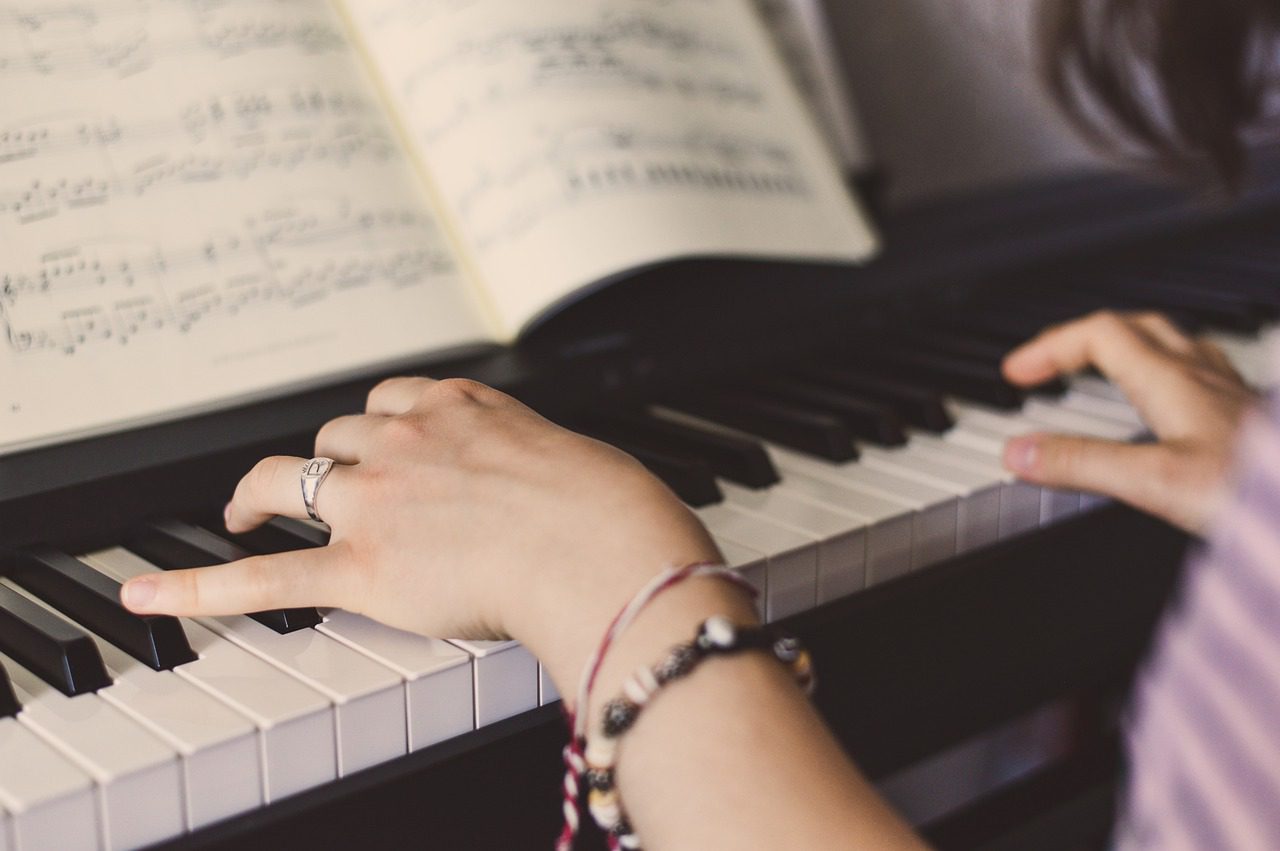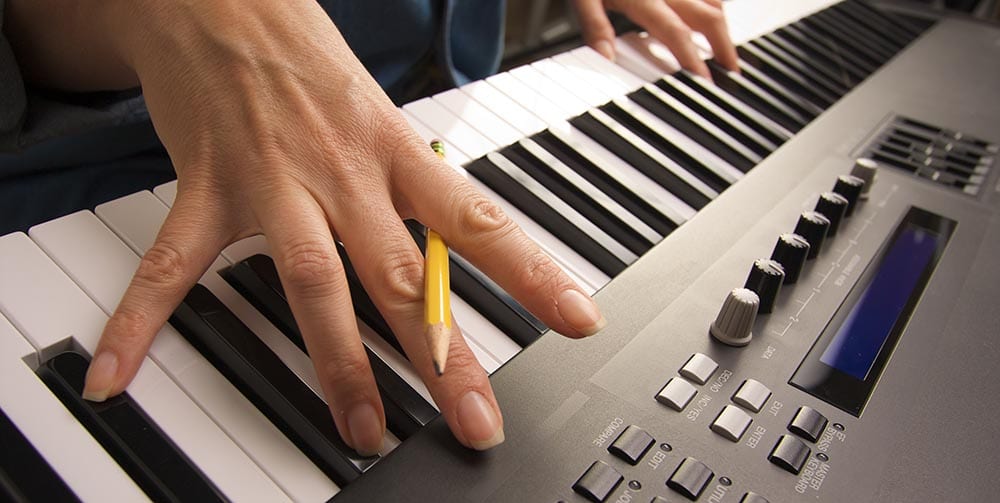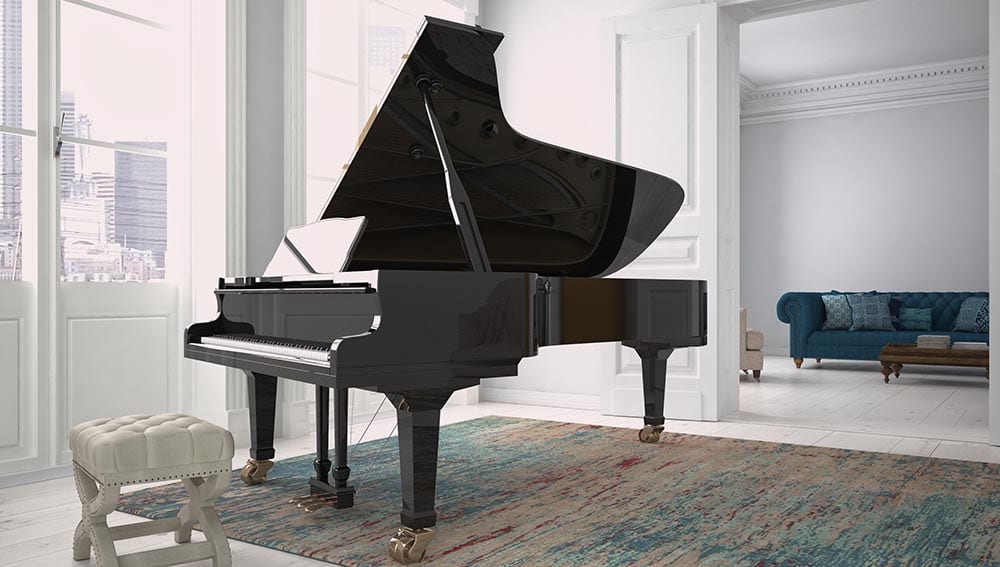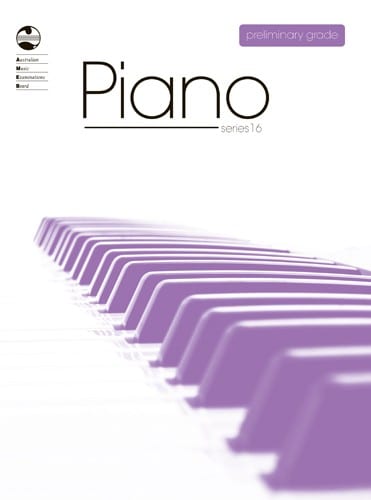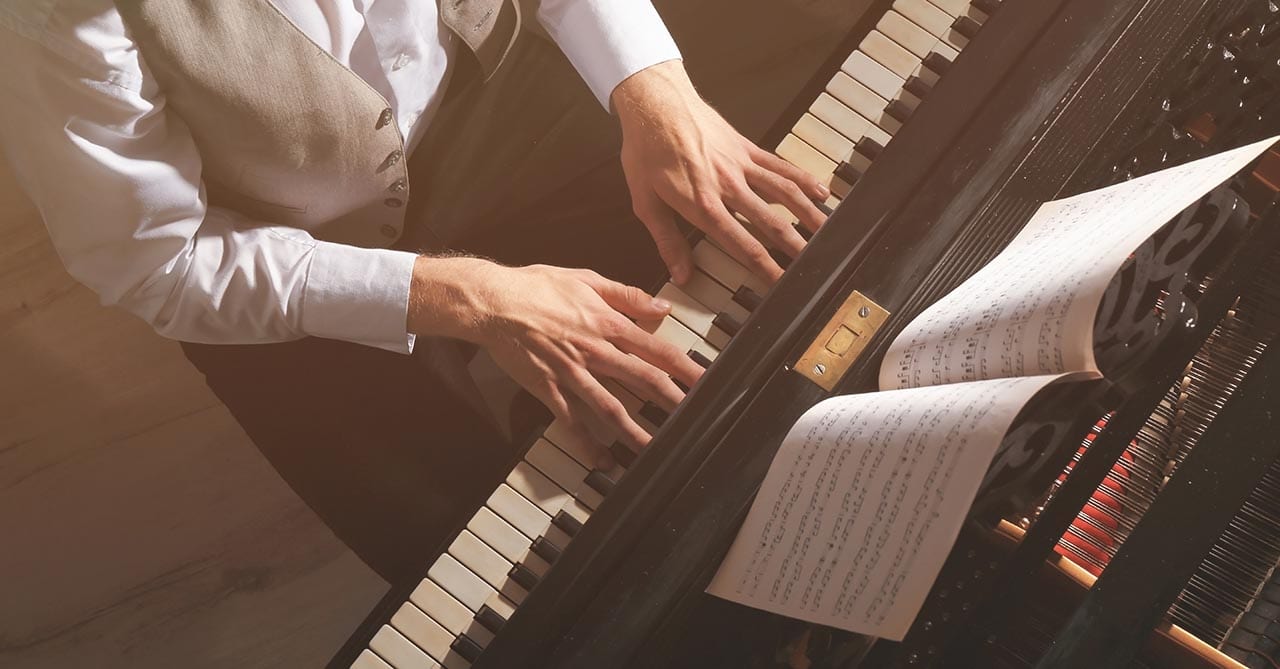Why Do Pianos Need to Be Tuned?
Most people don’t know how often their piano needs to be tuned, or why it needs to be tuned at all. Exactly how often you need your piano tuned depends on your specific instrument, but regular tuning is essential to keep a piano sounding beautiful.
To understand why a piano goes out of tune, it’s necessary to remember that the whole instrument is always under a great amount of stress. There are normally 230 strings in a piano, and each string is individually stretched to an average pressure of between 70 to 90 kg, against a cast iron plate. Combined with the heavy wooden framing, the total strain of all the strings creates a collective pull of between 18 to 20 tonnes.
Changes in Climate
Seasonal change is another primary reason pianos go out of tune. The piano’s main acoustical structure, the soundboard, is made of wood. Every time the weather changes, the wood expands and contracts, causing the piano to constantly go out of tune.
As humidity goes up, the wood swells, stretching the strings to a higher pitch. During dry times, the soundboard flattens out, lowering tension on the strings, causing the pitch to drop or go flat. Different strings will also change in pitch, making it impossible to play in key until it is serviced. Even climates with small changes in temperature have an effect, with as little as one degree in change being enough to put a piano out of tune. Unfortunately, no coating can protect the wooden soundboard from these influences.
You can help to slow the process down by keeping the piano in a room with a consistent temperature. But remember, air conditioners dry out the air, so this will need to be combated with moisture retainers, such as indoor plants. While this can reduce damage to the piano by preventing dramatic swelling and stretching action to the wood, nothing can prevent a piano eventually going out of tune.
What Does Tuning a Piano Involve?
Tightening the piano strings to bring the pitch up to a vibrating frequency of A440 is the most frequent and important type of piano tuning.
Tuning your piano to A440 involves stretching the A string above the middle C until it is tight enough to vibrate 440 times per second (440 Hz). The pitch of each string is then readjusted to correctly harmonise with one another. A440 is the standard around the world, so everyone can be in tune together.
How Often is Tuning Necessary?
Exactly how often your piano needs to be tuned depends on the type of instrument you have and how new it is. A brand new piano needs to be tuned up to 3 or 4 times in the first year, as the newly strung strings stretch and the wood parts settle in during the first few years of a piano’s life.
After that, your piano can be tuned once every six months to a year. It is best to ask your piano’s manufacturer or an experienced piano servicer what is best for your instrument. You may also want to get one-off tuning for a special service. For example, if your piano has been moved between houses or venues, it will have strained the strings and will likely need a tune. You may also want to tune your piano before a performance to make sure everything sounds just right.
Pianoforte has a trained piano tuning and technician team. We combine our passion for music and expert knowledge to provide top quality piano services to the Sydney area. Contact us today for your piano tuning needs.


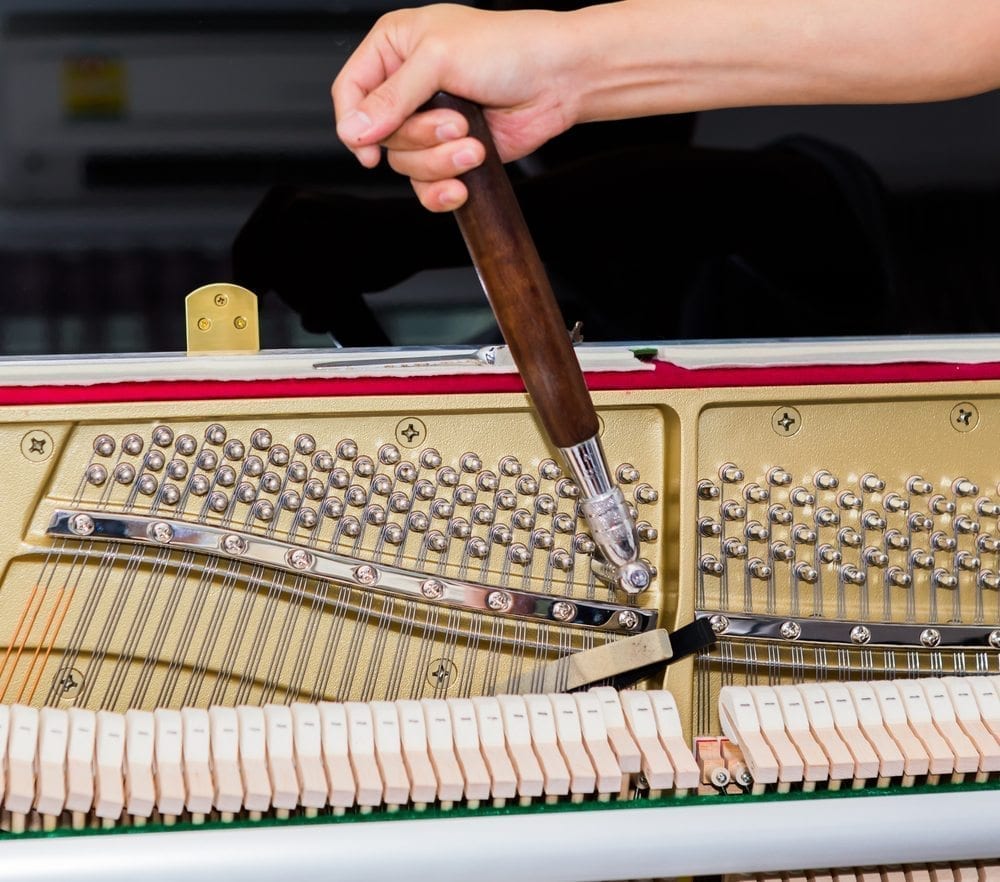
 October 28, 2016
October 28, 2016
